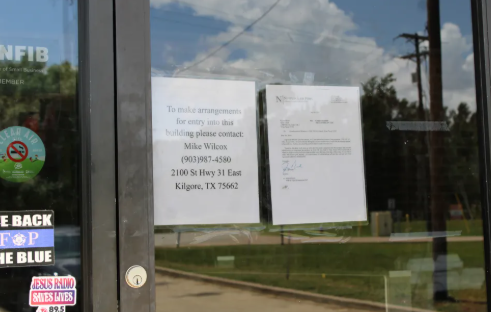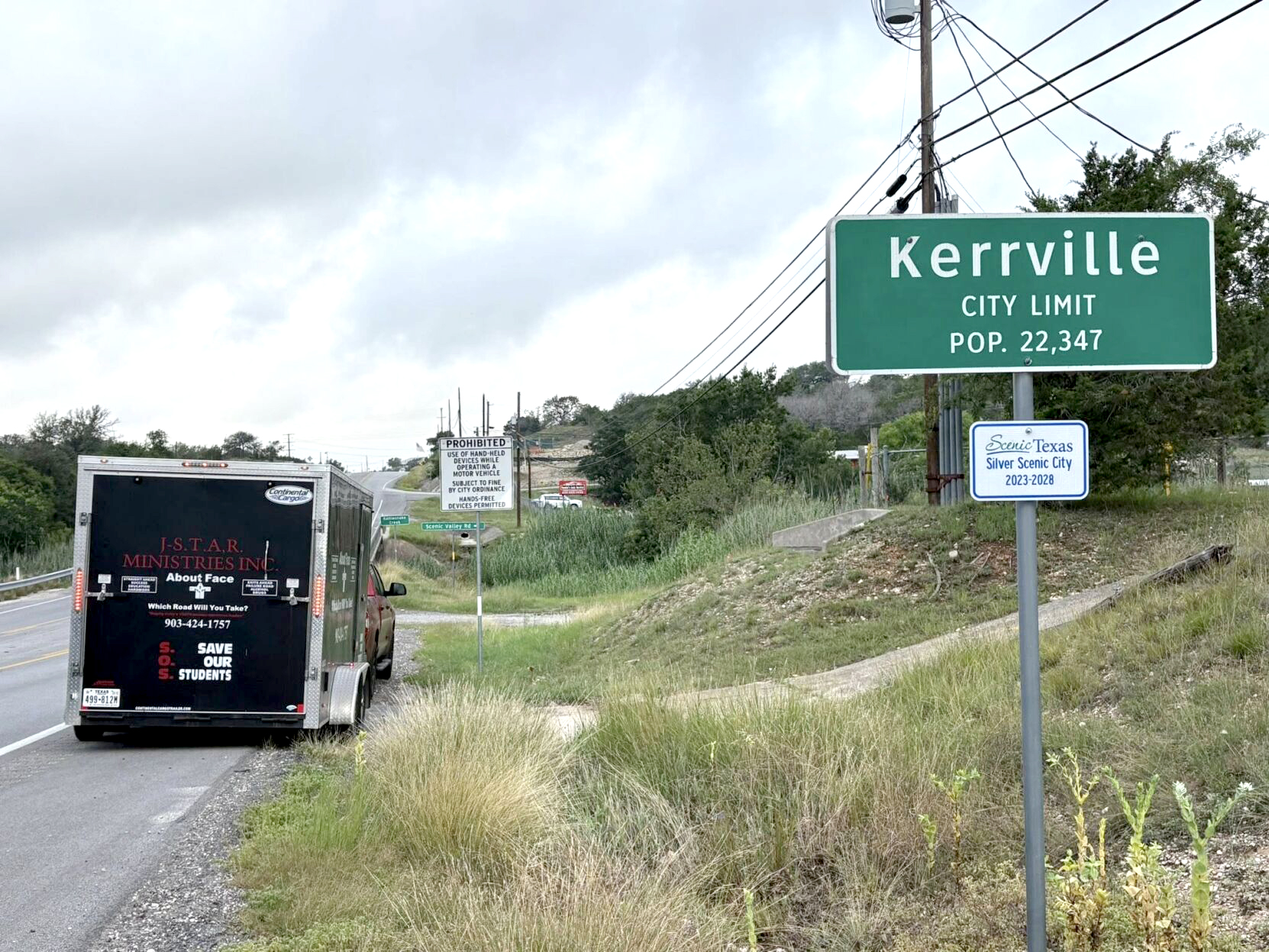Nation must confront white supremacist violence
Published 1:24 pm Monday, September 23, 2019
Ten years ago, a Department of Homeland Security report on resurgent right-wing extremism provoked political furor that ultimately gutted the agency’s efforts to take on the threat. Today, leaders say they are finally ready to fight.
DHS unveiled a counterterrorism strategy Friday with a fresh focus on combating domestic threats and so-called targeted violence such as mass shootings. White-supremacist attacks are, for the first time, at the center of the strategy. The agency is pledging itself to better information sharing and collection through an annual assessment, and, most of all, to a focus on prevention that involves raising community resistance, as well as partnering with social media sites on countermessaging.
Trending
DHS’ refocusing is a welcome departure from the Trump administration’s practice to date. The administration kicked off its tenure by dramatically shrinking an anti-radicalization office that focused on partnerships with local law enforcement and communities. A task force devoted specifically to countering violent extremism withered to nothing but a name. Funding for a grant program was frozen; money for two applicants who had already been approved was yanked away.
The first question, therefore, will be whether the department’s determination to do better is reflected in staffing levels in relevant offices. The department also will have to ensure that efforts to combat homegrown extremism match the data. Officials cannot become complacent about the threat from Islamist-inspired terrorism, and DHS’ devotion to securing physical infrastructure such as railroads and airways is well-placed. But the greatest harm in recent years has been wreaked by people attracted to the toxin of white supremacy — not by Islamists and not, no matter how much conservatives on the Hill might fulminate, by antifa or other left-wing activists.
Even with a will to stem white-supremacist attacks, finding a way will not always be easy. Many have urged the government to confront right-wing terrorism as it has Islamist terrorism. There are parallels: White supremacists often find inspiration overseas, and the internet has become a locus of radicalization. But the right-wing extremist threat is diffuse; organizations coordinating attacks are few, while individuals who find common cause in the fever swamps of the web are many. There’s little smuggled money to follow and few cybercrimes to disrupt. DHS is experienced in securing the nation by keeping threats out, yet white supremacy is fundamentally a threat festering within. DHS is now, in essence, attempting to protect the homeland from itself. It can’t do that alone.
That’s why it is worrying that the FBI is still obscuring the reality of white-supremacist violence in muddled statistics and that the attorney general has not acknowledged it as a problem. DHS’ commitment can make the country safer, but only if its pledge is the first of many from across the government, and not the last.
— The Washington Post






